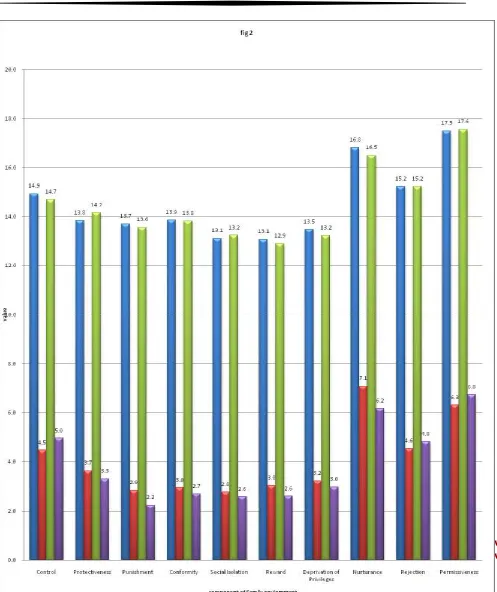An exploration of family environment of students studying in senior secondary schools of Allahabad
Full text
Figure




Related documents
This section provides general information and estab lishes shop safety standards and procedures for all Frontier Forces aviation maintenance facilities. Super visors,
Plant disease incidence (d) versus time (t) for the four virus transmission classes based on the model for explicit vector migration (Model II: equations 8 and 14 [or 15]) with
Head with scattered erect setae; clypeus with four setae, labrum symmetri- cal, deeply emarginated anteriorly, with four setae; mandibles with one seta; stipes with no setae;
The loads from the event simulations are on average lower for all considered load components, with one exception: ramp-like events at wind speeds between 8 and 16 m s − 1 , at which
This will necessarily mean addressing the historical imbalance between M/SUD benefits and physical health benefits, including significant differences in public and private
In the time of design a product ergonomics method can be applied at earliest stage of the process, defining needs of the user and identifying opportunities
Alternative conceptions (misconceptions) can really impede learning for several reasons. First, students generally are unaware that the knowledge they have is
19% serve a county. Fourteen per cent of the centers provide service for adjoining states in addition to the states in which they are located; usually these adjoining states have
